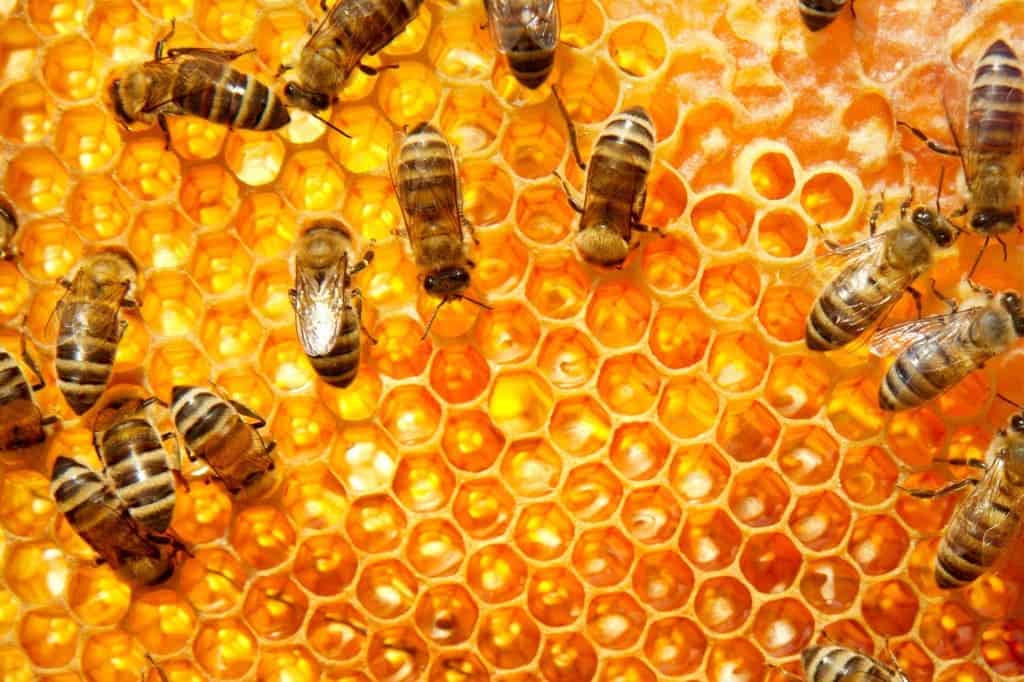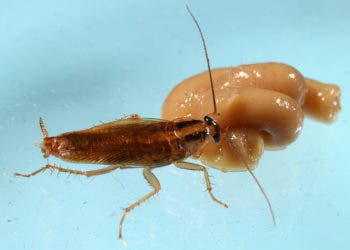A Harvard study shows insecticides with neonicotionoids are devastating honeybee colonies, triggering colony collapse disorder.

Recently, we’ve written a lot about bees – because it’s a big deal. The National Agriculture Statistics Service reported that there were 2.44 million honey-producing hives in the United States as of February 2008, down from 4.5 million in 1980 – and it’s not much better in other parts of the world. Since three quarters of the world’s food require pollination, we’re talking about more than just bee populations. But it gets even worse: it’s also greatly affecting wild pollinators, and we still don’t know exactly why it’s happening (even though it’s pretty clear that we are the ones causing it, and there are some main suspects). Now, a new study from Harvard University claims to have figured out that problem, pointing to insecticides as the culprit.
“We demonstrated that neonicotinoids are highly likely to be responsible for triggering ‘colony collapse disorder’ in honeybee hives that were healthy prior to the arrival of winter,” said Chensheng Lu, an expert on environmental exposure biology at Harvard School of Public Health and who led the work.
Neonicotinoids are a class of neuro-active insecticides chemically similar to nicotine, and have been linked to damage caused to bees in insects for several years. Countries in the EU are already starting to ban the use of neonicotinoids, as the European Commission recommended a restriction of their use across the European Union but as usually, the US and Asia are lagging behind when it comes to environmental issues.
Connecting the dots
It was suspected for a long time that insecticides are directly connected with CCD, but due to the complexity of all the factors involved, it was pretty hard to directly connect the two. Now, researchers believe they’ve done that.
They monitored health of 18 bee colonies in three locations in central Massachusetts from October 2012 till April 2013. They treated two colonies with imidacloprid, two with clothianidin, and two were untreated control hives.
“Bees from six of the 12 neonicotinoid-treated colonies had abandoned their hives and were eventually dead with symptoms resembling CCD,” the team wrote. “However, we observed a complete opposite phenomenon in the control colonies.” Only one control colony was lost, the result of infection by the parasitic fungus Nosema and in this case the dead bees remained in the hive – this was not related to CCD.
This is a smoking gun for researchers, who were thrilled to report the findings.
“It is striking and perplexing to observe the empty neonicotinoid-treated colonies because honey bees normally do not abandon their hives during the winter,” the scientists wrote. “This observation may suggest the impairment of honey bee neurological functions, specifically memory, cognition, or behaviour, as the results from the chronic sub-lethal neonicotinoid exposure.”
So, the plan of action is simple (at least in the first stages) – stop using the damn neonicotinoid insecticides! They’re destroying bee populations. In European countries where this class of insecticides are banned, the cases of CCD have started to drop significantly, but in the UK, where the ban on neonicotinoids wasn’t implemented, CCD cases are peaking. The same goes for the US and China. After these substances are banned, we will probably see a stabilization of the bee (and wild pollinators) populations, and actually start thinking about how to regrow these populations. The solution is simple – we just have to do it.
Scientific Reference: Sub-lethal exposure to neonicotinoids impaired honey bees winterization before proceeding to colony collapse disorder.






